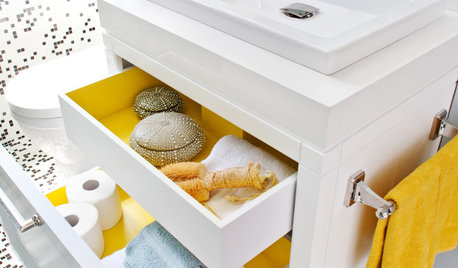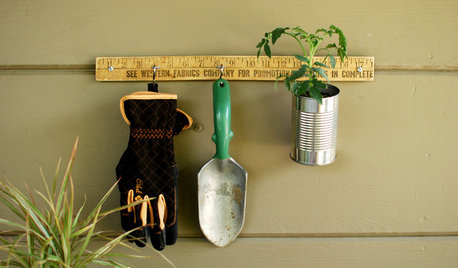Cost of New Well. DIY?
remodeler_matt
17 years ago
Featured Answer
Comments (9)
coolvt
17 years agolast modified: 9 years agoRelated Professionals
Channahon Handyman · Beach Park Kitchen & Bathroom Remodelers · Artondale Kitchen & Bathroom Remodelers · Athens Kitchen & Bathroom Remodelers · Chester Kitchen & Bathroom Remodelers · Cleveland Kitchen & Bathroom Remodelers · Elk Grove Kitchen & Bathroom Remodelers · Fairland Kitchen & Bathroom Remodelers · Idaho Falls Kitchen & Bathroom Remodelers · North Arlington Kitchen & Bathroom Remodelers · Southampton Kitchen & Bathroom Remodelers · Superior Kitchen & Bathroom Remodelers · Warren Kitchen & Bathroom Remodelers · Princeton Kitchen & Bathroom Remodelers · Kiryas Joel Appliancesremodeler_matt
17 years agolast modified: 9 years agomarknmt
17 years agolast modified: 9 years agocastoff
17 years agolast modified: 9 years agorjoh878646
17 years agolast modified: 9 years agocoolvt
17 years agolast modified: 9 years agodickross
17 years agolast modified: 9 years agoremodeler_matt
17 years agolast modified: 9 years ago
Related Stories

BATHROOM DESIGNGet It Done: Organize the Bathroom for Well-Earned Bliss
You deserve the dreamy serenity of cleared countertops, neatly arranged drawers and streamlined bathroom storage
Full Story
STORAGEStroke of DIY Genius: Get Hooked on These 15 DIY Storage Hacks
These DIY homeowner ideas include a repurposed vintage tennis racket and reclaimed-wood pieces
Full Story
DECORATING PROJECTSDIY Project: Vintage Book Wallpaper
Give your home getaway a well-read look with writing on the wall
Full Story
GARDENING AND LANDSCAPINGThe Allure of a Well-Designed Carport
Easy access, unobstructed views and architectural appeal are a few of the reasons to love a carport
Full Story
DECORATING GUIDESCircles Make a Well-Rounded Home
Balance all those right angles with a circle on the ceiling, floor, mantel, patio and wall
Full Story
DIY PROJECTSDiscover the DIY Secret Weapon of Decoupage Glue
With this liquid glue and sealant in your crafting arsenal, you can tackle a variety of home DIY projects in a single bound
Full Story
DIY PROJECTSThe Family Home: 8 DIY Projects for All Ages
Banish "I'm boooored" with these delightfully simple home decor projects that you can do with your kids
Full Story
DIY PROJECTSHoliday DIY: Mason Jar Forced Bulbs and Evergreen Gift Tags
Learn how to make these winter projects from the book ‘Garden Made’ by Stephanie Rose
Full Story
DIY PROJECTSDIY: How to Paint a Wall Stencil
Getting the Stencil Right: Planning, Prep and a Light Hand with the Brush
Full Story
CRAFTSRule Your Organizing With a DIY Yardstick Hanger
With just a ruler and some hardware store staples, you can craft a handy wall organizer for tools, plants, jewelry and more
Full Story






castoff